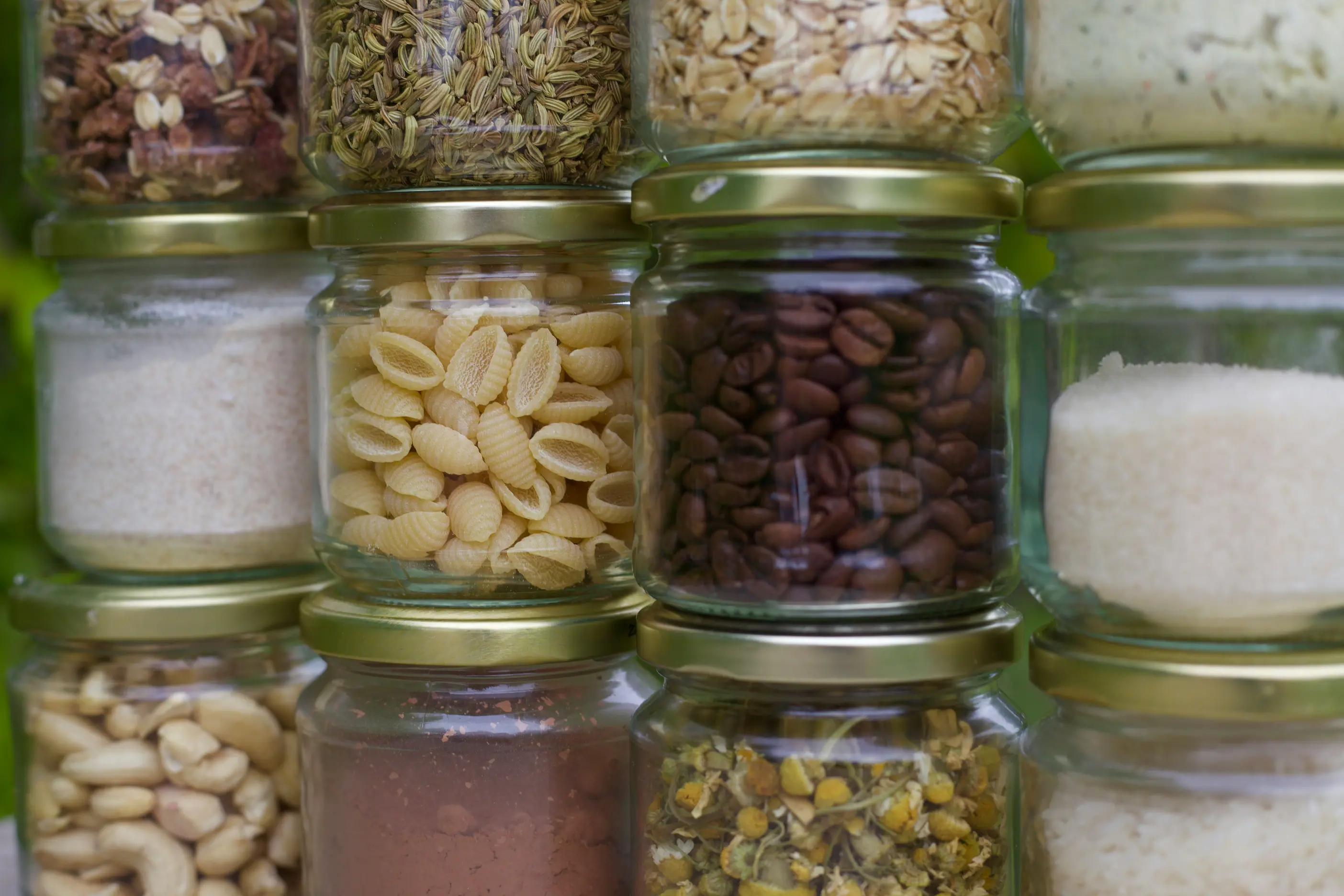Why Reducing Plastic Matters

Plastic is everywhere — in oceans, air, food, and even our bodies. Reducing its use protects both the environment and human health.
Environmental Impact
Plastic pollution is persistent and widespread. Unlike natural materials, plastic doesn't biodegrade. It fragments into micro- and nanoplastics that persist for decades. These particles contaminate oceans, soils, and even the air we breathe.
Wildlife often mistakes plastic for food, leading to injury or death. Ecosystems suffer when plastic waste disrupts natural processes, and the damage is long-lasting. Choosing plastic-free alternatives helps cut down the demand for new plastic production and reduces the burden on already stressed environments.
Human Health
Plastic pollution is not just an environmental issue — it is a human health issue. Studies have found microplastics in drinking water, table salt, fresh produce, and even human blood. Many plastics contain chemical additives, some of which can disrupt hormone function or cause other biological effects.
Research into the health impacts of microplastics is ongoing. Emerging studies suggest potential links to inflammation, metabolic disorders, and other systemic effects, but much is still being investigated. Prioritize plastic reduction in areas that affect direct exposure: food, water, air, and skin contact.
Practical Progress
Reducing plastic isn't about total avoidance — it's about deliberate choices and long-term habits: choosing natural materials where possible, using longer-lasting products, and minimizing unnecessary plastic consumption.
Progress is built through small, consistent actions — not perfection. Every shift away from disposables and synthetics moves us toward cleaner systems and lower exposure.
Where you start matters less than that you start. Reduce what you can, where you can.
References
Microplastics in human blood
Leslie HA et al. (2022). Environment International
Human ingestion of microplastics
Cox KD et al. (2019). Environmental Science & Technology
WHO risk review of microplastics in drinking water
World Health Organization (2019). WHO Report


